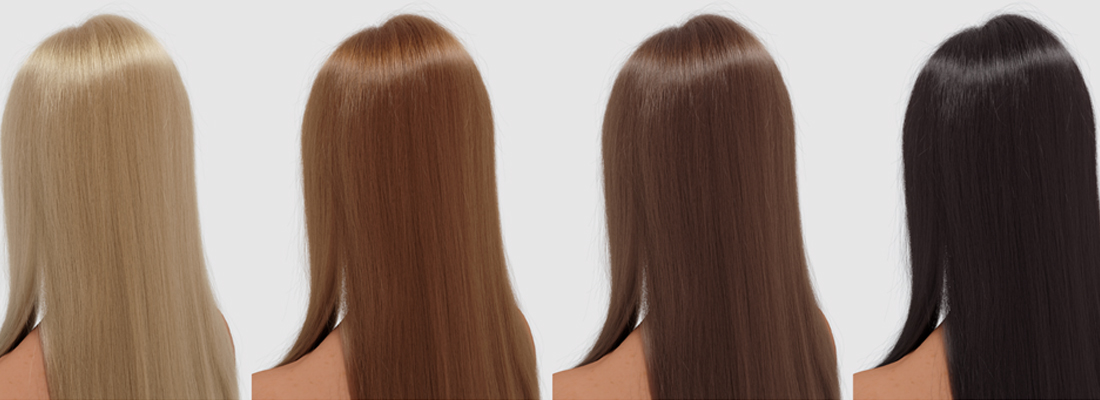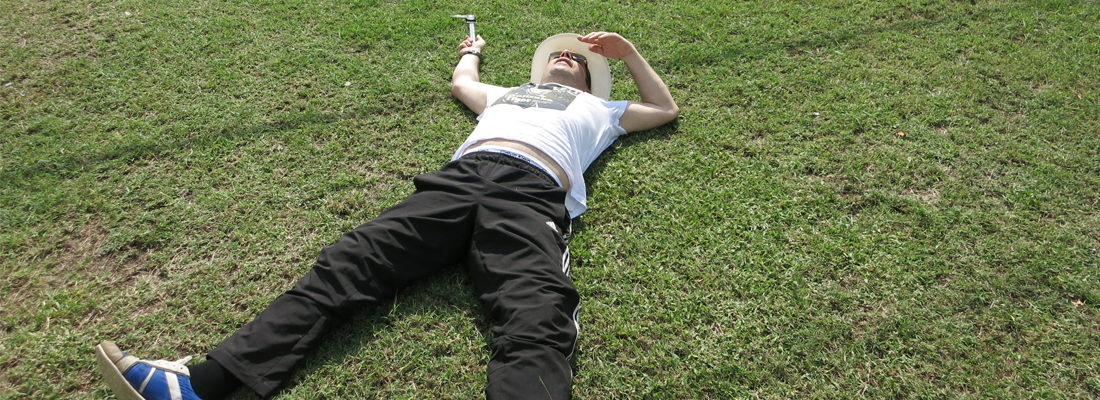Visual Perception of British Women’s Skin Color Distribution in Two Nonindustrialized Societies, the Maasai and the Tsimane’
Bernhard Fink, Marina Butovskaya, Piotr Sorokowski, Agnieszka Sorokowska, Paul J. Matts
In women with lightly pigmented skin in particular, facial skin color homogeneity decreases with age, primarily due to chronic exposure to solar ultraviolet radiation (UVR), leading to a decrease in perceived health and attractiveness. Perception of female skin may be influenced by continuous exposure to, and thus familiarity with, age-related changes in visible skin condition in a given society. Men and women of two traditional societies, the Maasai (Tanzania) and the Tsimane’ (Bolivia), unfamiliar with lighter colored skin, judged images of British women’s facial skin for age, health, and attractiveness. In both samples, images with homogeneous skin color (from the cheeks of younger women) were judged to be younger and healthier and received a stronger preference than corresponding images with heterogeneous skin color (from older women). We suggest that (i) human sensitivity for quality-related information from facial skin color distribution is universal and independent of any known age-dependent variation in skin in a given population and (ii) skin discoloration is universally associated with less positive judgment.
https://doi.org/10.1177/1474704917718957
Fink, B., Butovskaya, M., Sorokowski, P., Sorokowska, A., & Matts, P.J. (2017). Visual perception of British women’s skin colour distribution in two non-industrialized societies, the Maasai and the Tsimane. Evolutionary Psychology, 15(3), 1474704917718957.








